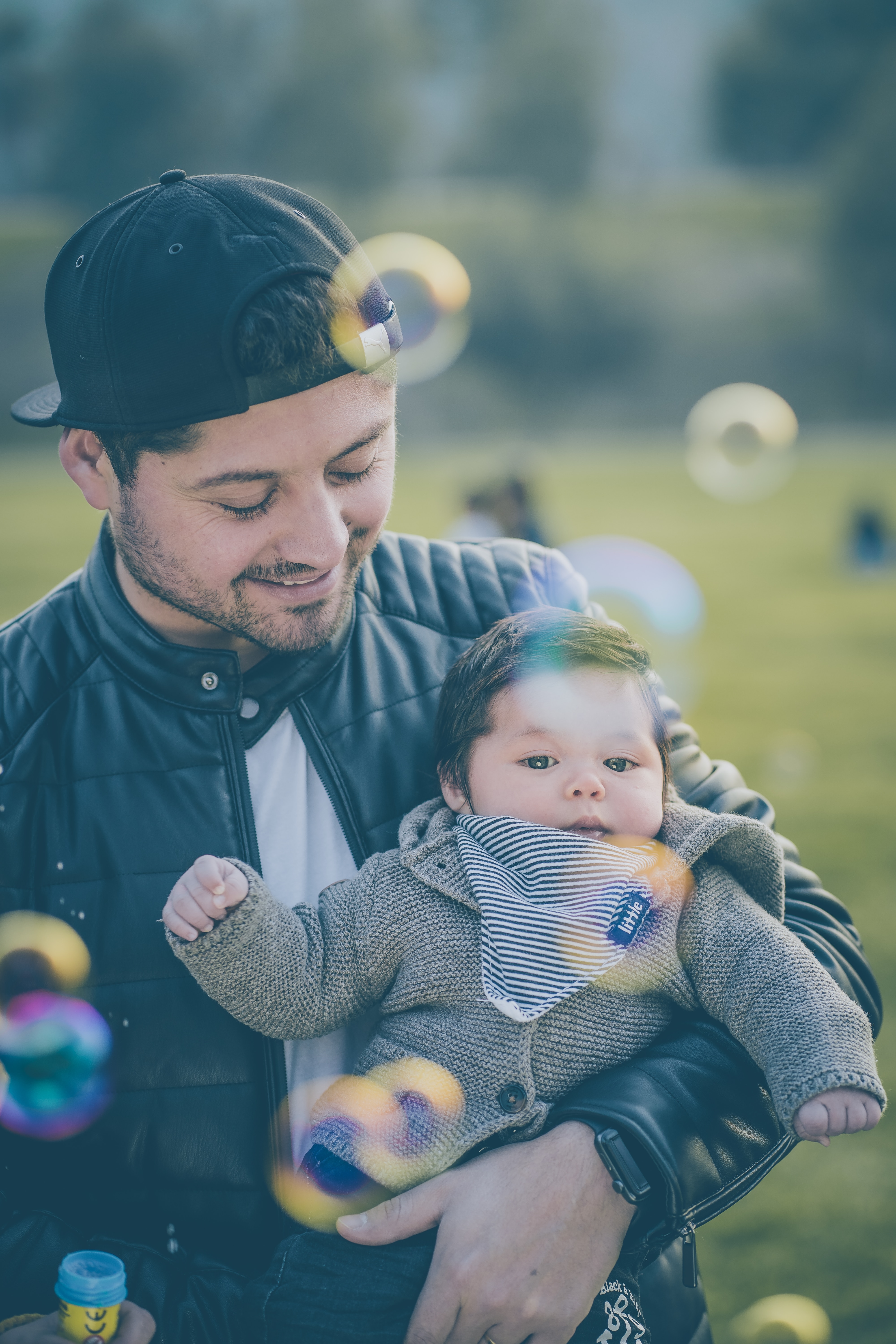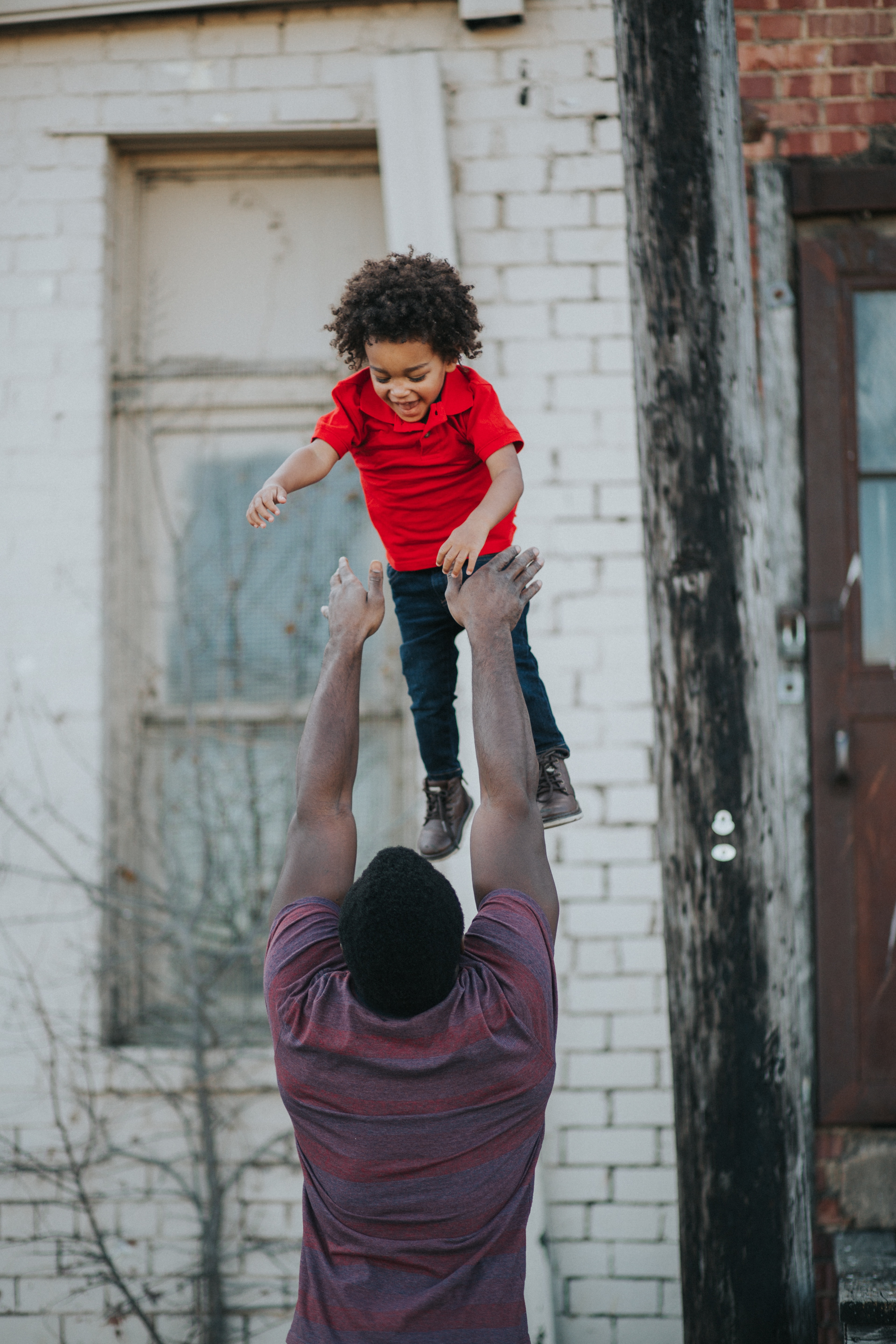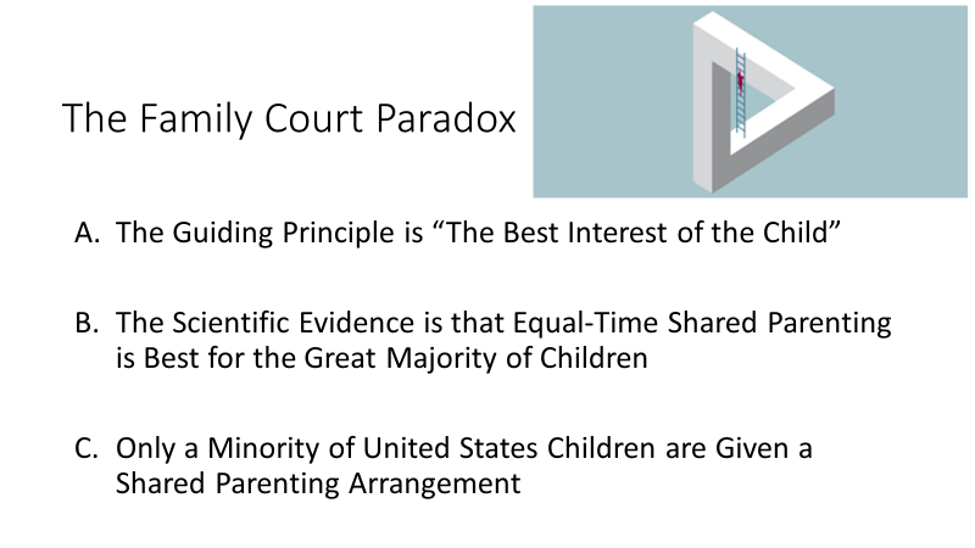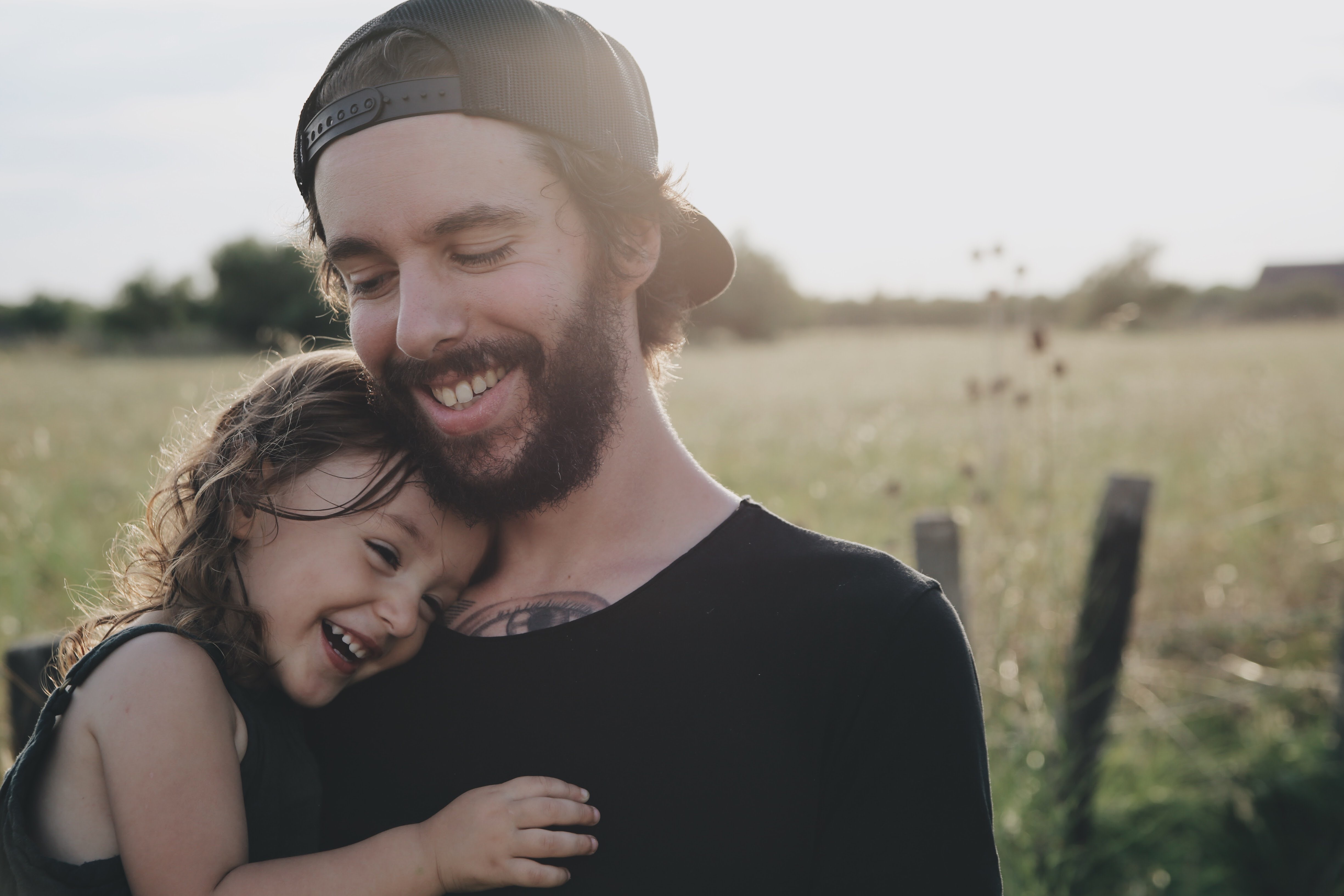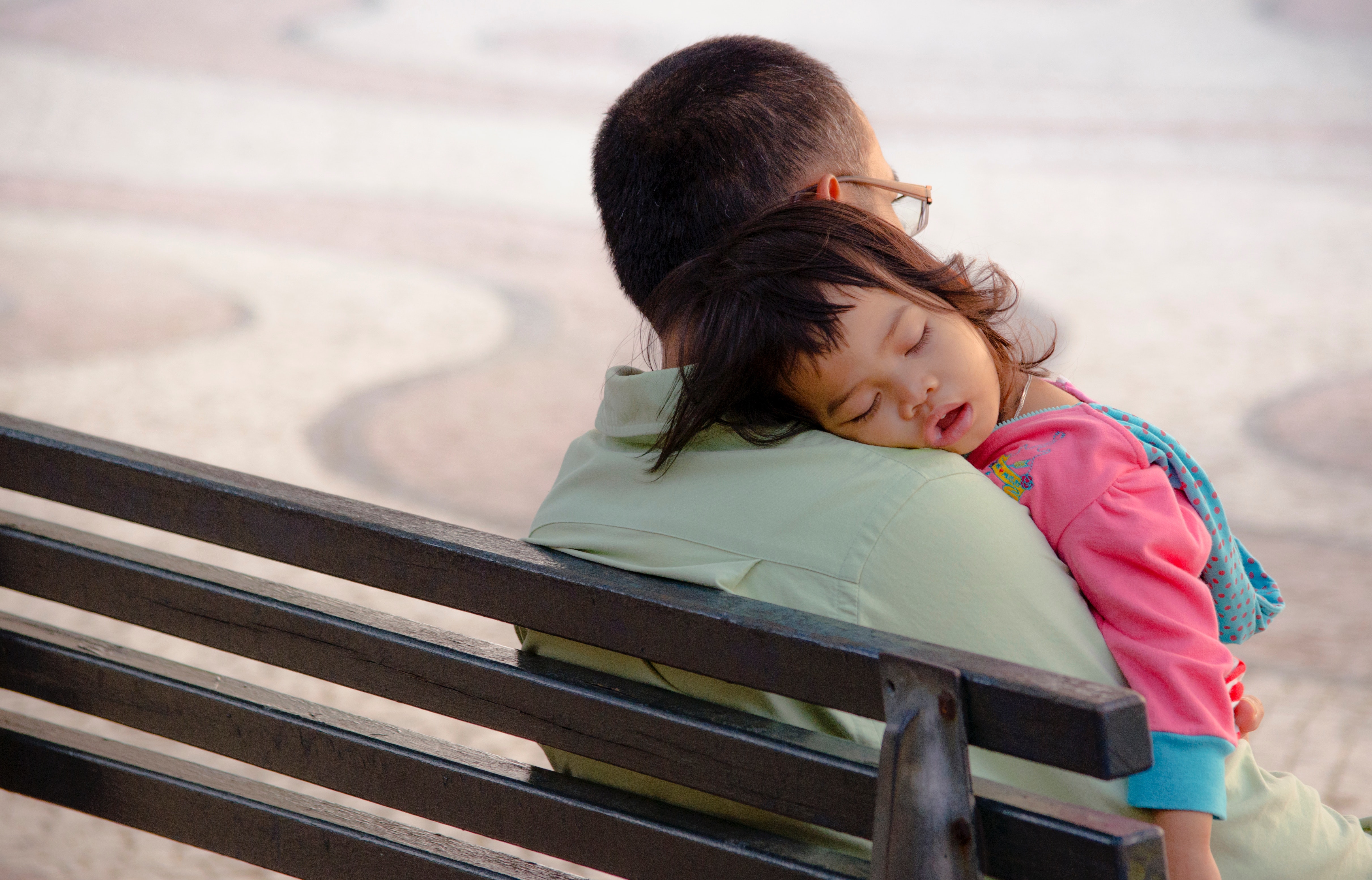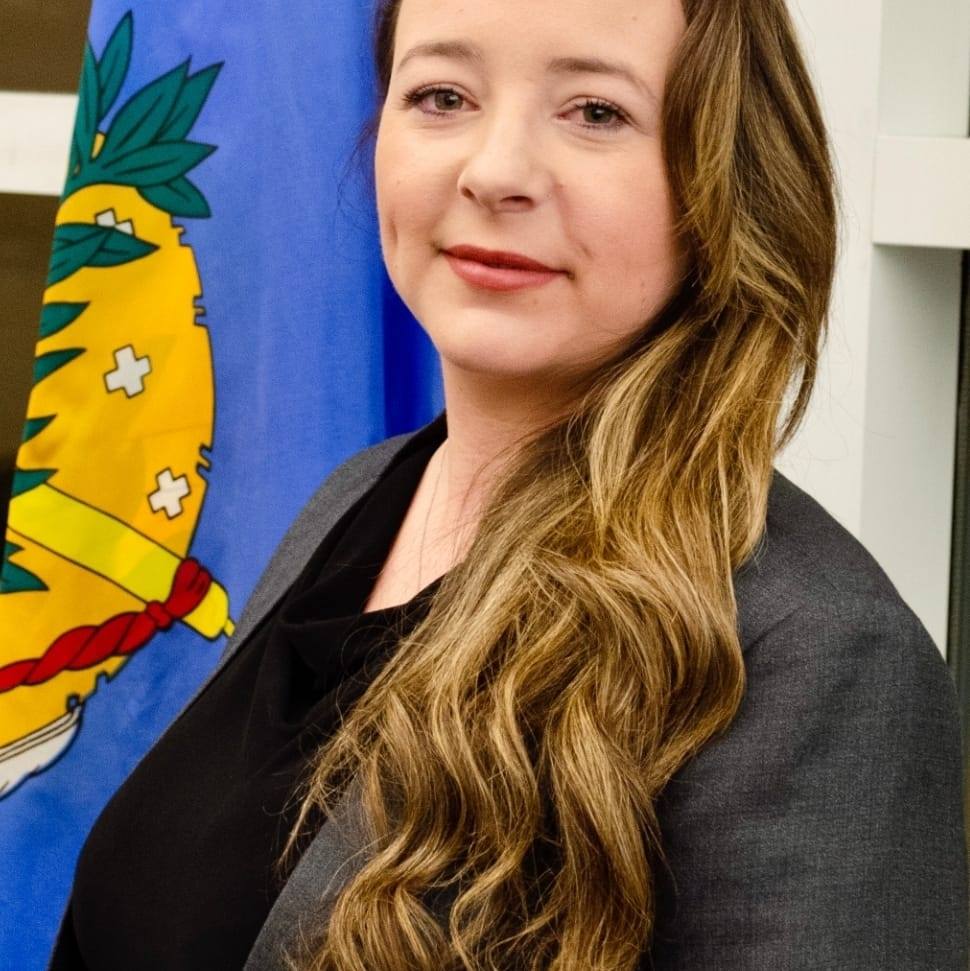
February 13, 2020 by Lynda Steele
“Sorry my organization only furnishes homes for non-custodial fathers, but I can direct you to an organization that can help you”.
Have you ever heard of an organization for only non-custodial fathers? Think about that for a minute. On a daily basis one-half of parents are turned away from certain support and resources because they are marked in family court with the title of “Non-Custodial”. It’s as if, all of a sudden, they have been cast out by society, condemned to no support and diminished credibility in their children’s lives.
Furnishing Fatherhood came about one day when a young father reached out to me and said, “Hey I heard you help fathers. I don’t know how to ask you this, but do you by chance have a car seat? My child’s mother said she is not going to share the car seat anymore and, if I don’t have my own by my next visit, she will not let me have that weekend with my son.” Shocked, slightly irritated and now intrigued, I had a laundry list of questions. If he was missing a car seat and she wouldn’t share “hers” what else was this dad missing?
As it turned out, this dad had absolutely nothing. Since his relationship ended, he had for a year been “couch hopping”, paying his child support and saving money for his own place. When they split up all he was “allowed” to have was a back pack of his clothes. After hearing his story, I knew he needed more than just a car seat. I went to Facebook Marketplace and created a post asking for clothing for his son, living room furniture, a bed for him and his son, kitchen appliances and dishes – anything I could think of for a home.
Within two weeks, I not only had the car seat, but I had enough furniture for two homes. The next task was getting the items to the father and son. The company of the husband of a woman who had been helping me donated a gas card and their truck and trailer and we hauled all of the belongings two and a half hours away and completely furnished his home.
My life changed that day.
There is no law that states a car seat has to follow a child between homes, and there is no law that says it can’t. There is no law that makes it mandatory for two parents to work together after they dissolve their relationship, nor should there be. However, the title of “Non-Custodial” should never justify treating someone as less than a parent in the eyes of their children.
Since that day I have made a commitment that my garage will always be full and I will continue furnishing homes for non-custodial fathers. As of January 2020, we have three locations, Oklahoma City, Tulsa and Lawton. We plan to open our fourth location in Pauls Valley, Oklahoma spring of 2020. If you would like to make a donation to Furnishing Fatherhood you can connect with us through our email furnishingfatherhood@gmail.com, our PO Box 94563 Oklahoma City, Oklahoma 73143 or visit us on Facebook @Furnishing Fatherhood.
Lynda Steele is the founder of Furnishing Fatherhood. They seek to help fathers who have gone through a divorce or separation furnish their homes and provide necessities so they can remain active parents in their children’s lives.

